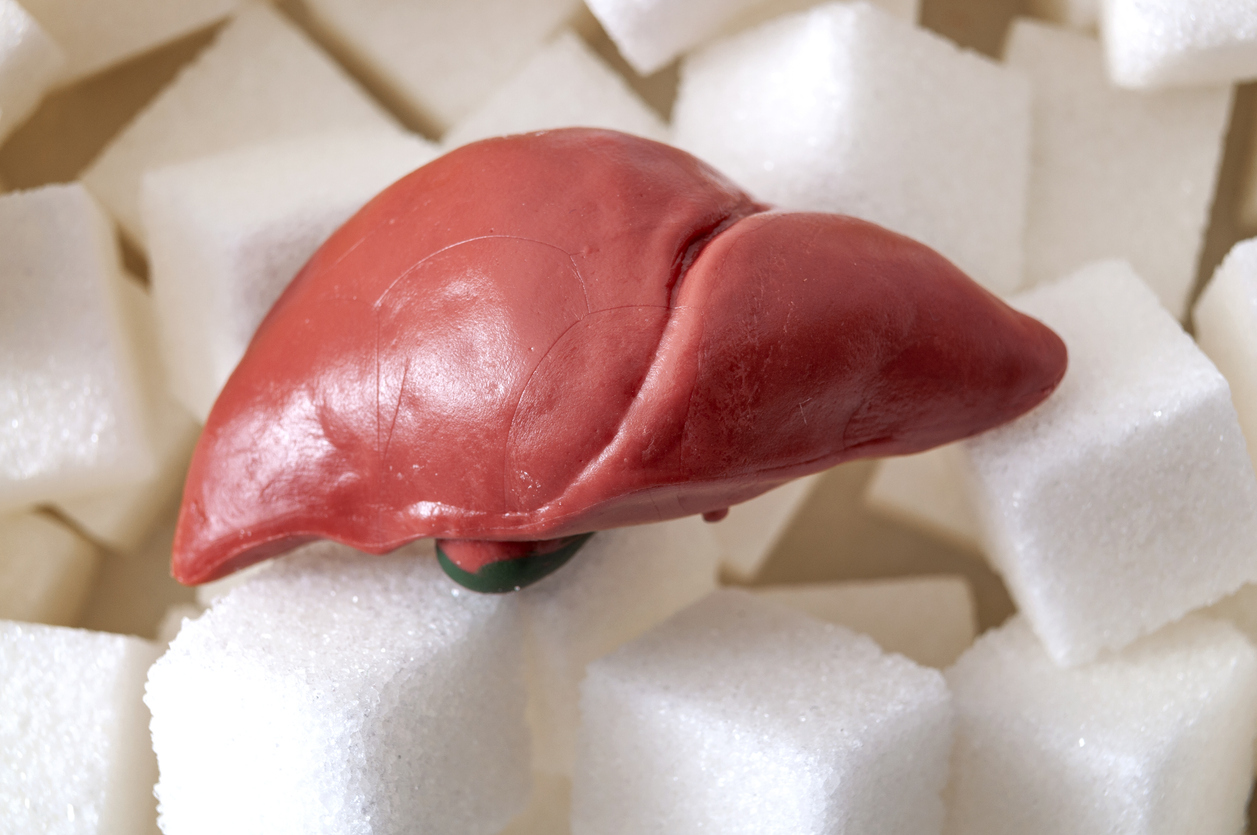Non-alcoholic fatty liver disease (NAFLD) is a condition where excess fat collects in the body. 24% of people in the United States have NAFLD, while approximately 70% of adults are either obese or have type 2 diabetes.
This article will examine the link between fatty liver disease and diabetes, whether one condition affects the other, and how they can be successfully treated.
NAFLD is rising in the west, especially in the United States. NAFLD is one of the most prevalent types of liver disease in the United States.
Fatty Liver Disease
NAFLD is rising in the west, especially in the United States. NAFLD is one of the most prevalent types of liver disease in the United States. The National Institute of Diabetes & Digestive & Kidney Diseases claims that up to two-thirds of people with type 2 diabetes have NAFLD. The rate of NAFLD is also anticipated to rise as national type 1 diabetes incidence increases.
Type 1 diabetes numbers are increasing in the west, and risk factors for the disease include:
- Obesity
- High blood pressure
- Chronic hypertension
NAFLD can lead to Non-alcoholic Steatohepatitis (NASH). It’s an aggressive type of NAFLD characterized by inflammation and fat accumulation in the liver. NASH can progress to liver scarring and damage (cirrhosis) and liver failure, which can be fatal.
Fatty liver in individuals with diabetes?
Being overweight or obese is the most common cause of non-alcoholic fatty liver disease in people with diabetes. The treatment of NAFLD comprises several steps, including losing weight. Losing weight can slow the progression or reverse its development. According to studies, reducing your body weight by 7% to 10% is the most effective method for long-term weight reduction. This may be accomplished through regular exercise and calorie restriction.
High-fructose consumption is another risk factor for NAFLD. High sugar consumption, such as processed meals and beverages, might also promote the development of NAFLD.
Some studies suggest that taking statins (talk to your doctor) may improve liver function and reduce cardiovascular events. However, research indicates that these benefits are specific to people without preexisting liver issues after three years of use.
Fatty liver disease symptoms?
NAFLD often does not have symptoms until it has worsened considerably (cirrhosis or liver failure). The following are symptoms of advanced liver disease:
- Nausea
- Weight loss
- Appetite loss
- Jaundice
- Abdomen and legs that are swollen
- Confusion
- Fatigue
- Weakness of the muscles
If you think you may have NAFLD, tell your doctor about any of the following symptoms and discuss your risk factors; the risks can be:
- High blood pressure
- High cholesterol
- Obesity or overweight
- Diabetes – type 2
Does fatty liver affect blood sugar?
NAFLD can have an unpredictable, gradual, or sudden onset. It’s possible that having NAFLD won’t affect your day-to-day routine at first, but it might get worse with time. Living with diabetes is one of the factors that contribute to higher blood glucose levels.
A 2021 study found that the average 3-month blood glucose levels determined a person’s likelihood of having more severe cirrhosis, as discovered by those with NAFLD. A 2019 study revealed that too much glucose production could result from NAFLD, which then causes insulin resistance and abnormal blood sugar levels–potentially developing into prediabetes or type 2 diabetes over time.
In a nutshell, while NAFLD and diabetes don’t cause one another, they can exacerbate each other and make both conditions more difficult to manage.
Is there a particular diet for both conditions?
There is no special diet for treating diabetes and non-alcoholic fatty liver disease. Instead, one objective is to lose weight to help slow the progression of both disorders.
A way to maintain weight is by consuming a wholesome, nutritious diet. One method of eating healthily is by incorporating whole foods into meals more frequently. For example, the following list is all types of whole foods you could include:
- Vegetables and fruits
- Lean proteins
- Legumes and lentils
- Whole grains
- Healthy fats
Foods to avoid high in saturated fats and sugar:
- Cookies
- Cakes
- Ice creams
- Other desserts
Can fatty liver disease with type 2 diabetes be reversed?
Though there are no medications that can currently cure NAFLD, you may be able to help slow its progression or even reverse the damage it has caused through some lifestyle changes. These include:
- managing your weight
- eating a balanced, nutritious diet
- increasing your physical activity
- containing your blood sugar, blood pressure, and cholesterol levels
According to most health experts, you need to reduce your body weight by 3% to 5% for the liver to show improvements. However, it is critical to losing weight slowly. Rapid weight reduction may cause NAFLD to worsen; aim for a maximum of 1 or 2 pounds each week.
Conclusion
Non-alcoholic fatty liver disease (NAFLD), is a condition in which fat builds up in the liver. It affects between one-quarter and two-thirds of people with diabetes. NAFLD can develop without symptoms initially but can lead to liver failure if not addressed.
Higher blood sugars can make NAFLD more challenging to treat, and having NAFLD can also increase blood sugar levels.
The most excellent cure for NAFLD is weight reduction. Eating a nutritious diet and getting exercise daily can assist you in controlling your weight.
Non-alcoholic fatty liver disease (NAFLD) can progress to non-alcoholic steatohepatitis (NASH), a severe type of NAFLD, when not treated. It could also lead to cirrhosis and liver failure, both of which are potentially fatal.
Gastro Florida Can Help With NAFLD
At Gastro Florida, our specialists will work with you to set up appointments for exams, diagnoses, and treatments. Our goal is to help you maintain your gut health by providing the best possible service and support.



 Close
Close